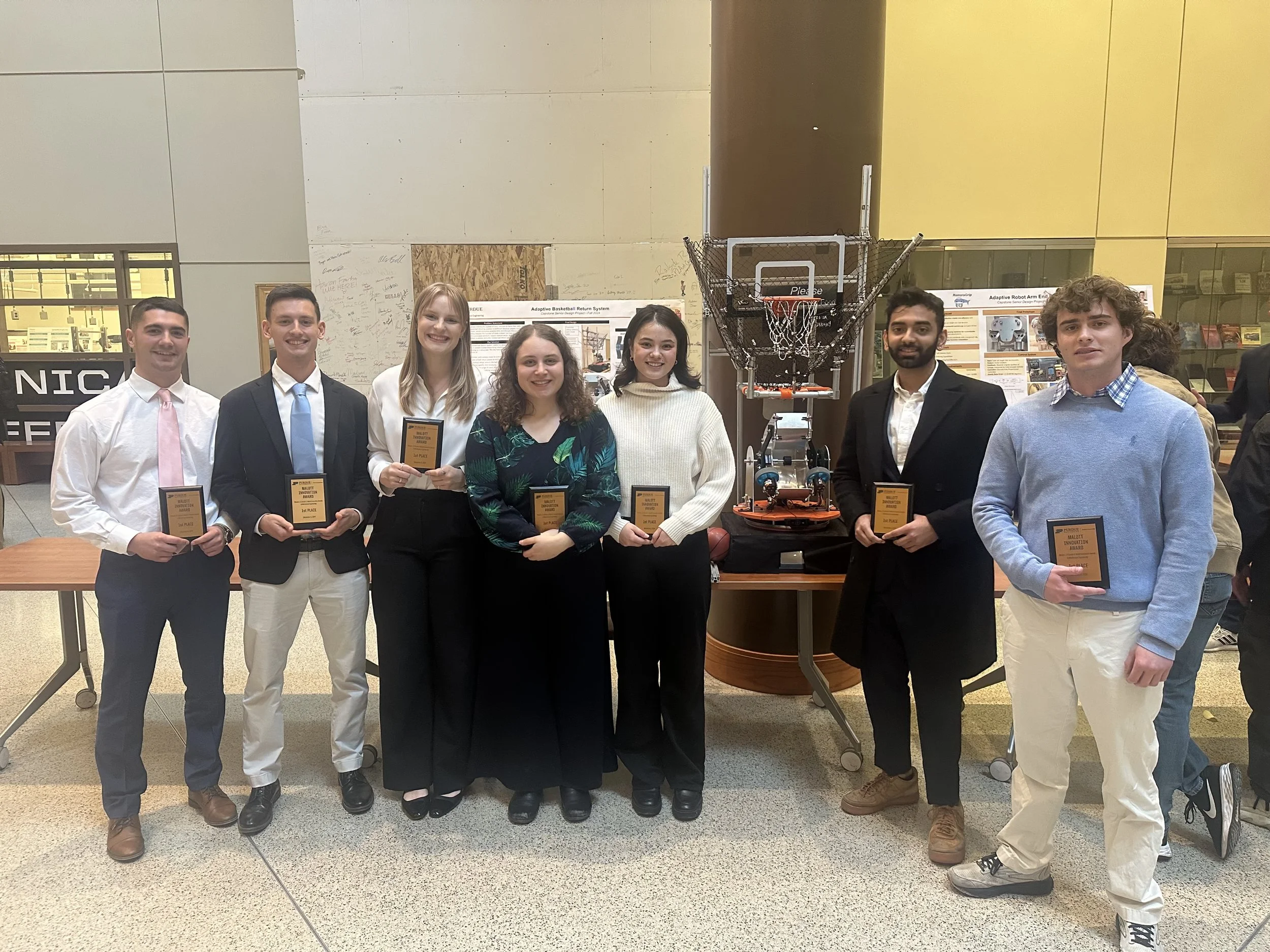"Pixel-by-pixel absolute phase retrieval assisted by an additional three-dimensional scanner," Appl. Opt., (2019)
/Y. An and S. Zhang, “Pixel-by-pixel absolute phase retrieval assisted by an additional three-dimensional scanner”, Appl. Opt., 58(8), 2033-2041, 2019, doi:10.1364/AO.58.002033
Abstract
This paper presents a novel absolute phase unwrapping method assisted by a low-cost three-dimensional (3D) scanner. The proposed absolute phase unwrapping method leverages a low-cost 3D scanner to capture rough 3D data of the scene, and transforms the rough 3D data to the world coordinate system to generate an artificial reference phase map Φ_. By referring to Φ_, we can do absolute phase unwrapping directly without projecting any additional patterns, such that the digital fringe projection (DFP) system can achieve higher measurement speed. We develop a multi-resolution system consisting of a DFP system and Kinect V2 to validate our method. Experiments demonstrate that our method works for a large depth range, and the speed of the low-cost 3D scanner is not necessarily the maximum speed of our proposed method. Assisted by Kinect V2 whose maximum speed is only 30Hz, our DFP system achieves 53Hz with a resolution 1600x1000 pixels when we measure dynamic objects that are moving in a large depth range of 400mm.



